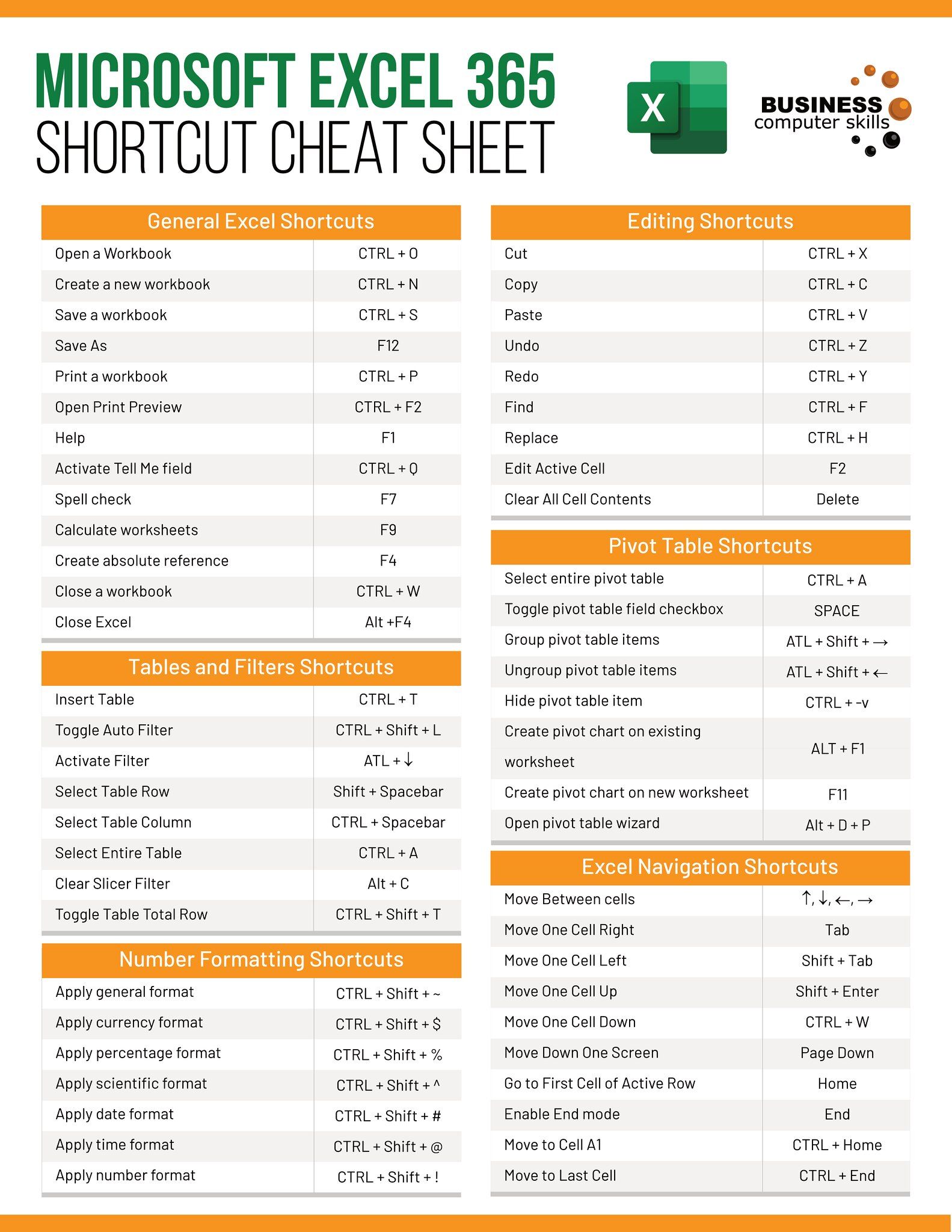5 Easy Ways to Jump to Specific Excel Sheets

Let's dive into how to jump to specific Excel sheets effortlessly with these five straightforward methods. Whether you're a data analyst, a financial modeler, or just someone who uses Excel frequently, mastering these techniques will enhance your navigation through complex spreadsheets with ease.
Method 1: Using Keyboard Shortcuts

Keyboard shortcuts are a powerful tool for swift navigation within Excel, making your work much more efficient. Here are some key shortcuts:
- Ctrl + Page Down: Moves you to the next sheet to the right.
- Ctrl + Page Up: Navigates to the previous sheet to the left.
- Alt + H, then W, then A: Brings up the "Go To" dialog box where you can type in the name of the sheet.
💡 Note: Custom shortcuts can be created in Excel but this requires enabling macro support and creating a VBA script.
Method 2: Right-Click Navigation

Sometimes, simplicity is key. If you’re not fond of keyboard shortcuts, right-clicking provides an intuitive way to navigate:
- Right-click the navigation buttons at the bottom left corner of your Excel window.
- From the context menu, choose “Previous Sheet” or “Next Sheet” to jump to adjacent sheets.
Method 3: Using the “Go To” Dialog Box

The “Go To” feature is versatile for not only jumping to specific sheets but also cells:
- Press Ctrl + G or use the “Find & Select” button in the “Home” tab to open the “Go To” dialog.
- Enter the name of the sheet you wish to go to and click “OK.”
Method 4: Hyperlink Sheets

Creating hyperlinks within your workbook is like setting up personal shortcuts:
- Select a cell or range where you want the hyperlink.
- Go to the “Insert” tab, click “Hyperlink.”
- Choose “Place in This Document,” then select the sheet you want to link to.
Method 5: Using Excel Macros for Custom Navigation

If you’re comfortable with macros, here’s how you can automate sheet navigation:
Sub GoToSheet(sheetName as String)
Sheets(sheetName).Activate
End Sub
Call this macro with:
Call GoToSheet(“SheetName”)
Each of these methods enhances productivity by minimizing the time spent navigating through your workbook. Not only do they allow for efficient work, but they also reduce the likelihood of errors due to manual sheet selection.
By mastering these methods, you'll become a pro at navigating Excel, speeding up your workflow and improving your overall data management skills. Whether you prefer the speed of keyboard shortcuts or the visual aid of hyperlinks, there's a way for everyone to streamline their Excel sheet navigation.
Can I use these methods on Excel for Mac?

+
Yes, all these methods work on Excel for Mac, although keyboard shortcuts might differ slightly (e.g., Ctrl is replaced by Command).
Is there a way to go directly to the last sheet?

+
Yes, while there isn’t a direct shortcut, you can create a macro that navigates to the last sheet in the workbook.
Can macros speed up navigation even further?

+
Absolutely. Macros can be programmed to execute multiple navigation tasks with one click or shortcut, enhancing your workflow significantly.



